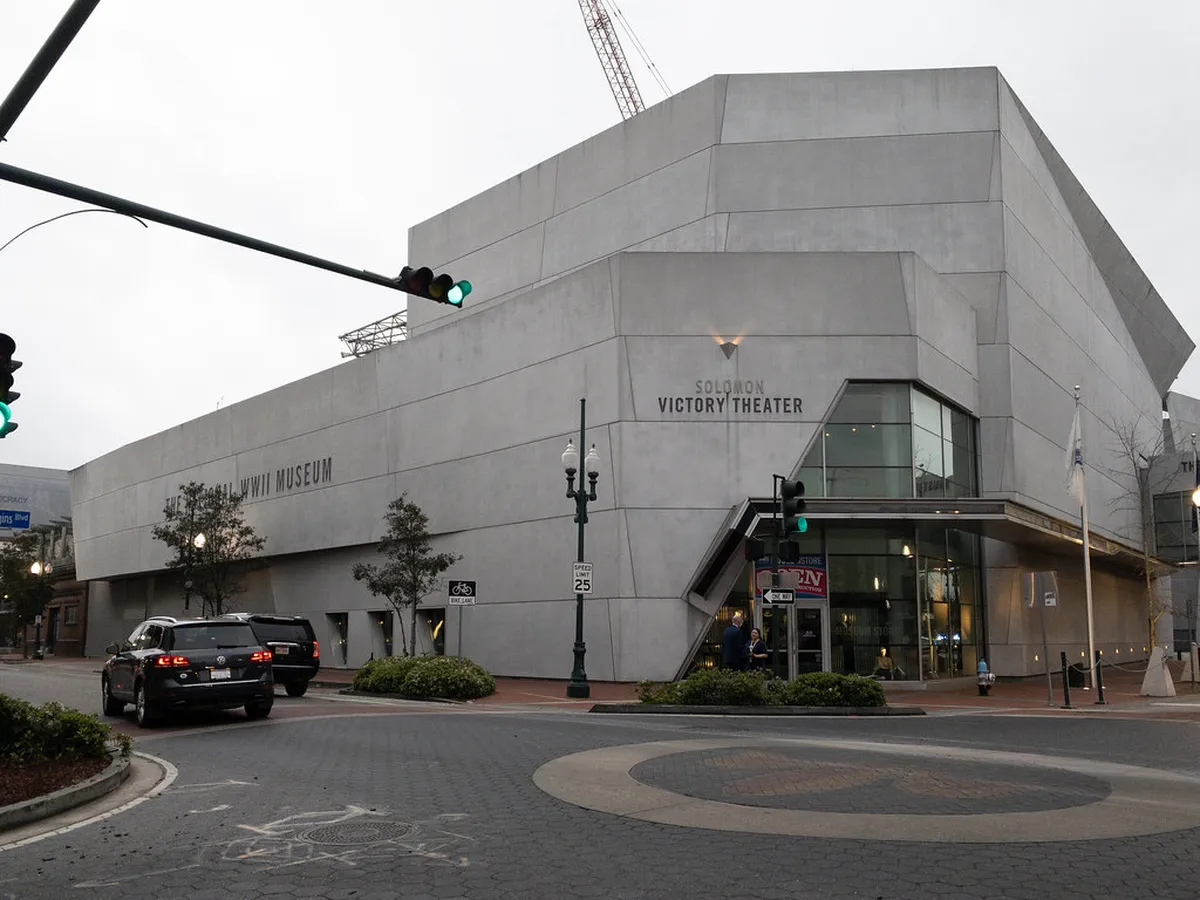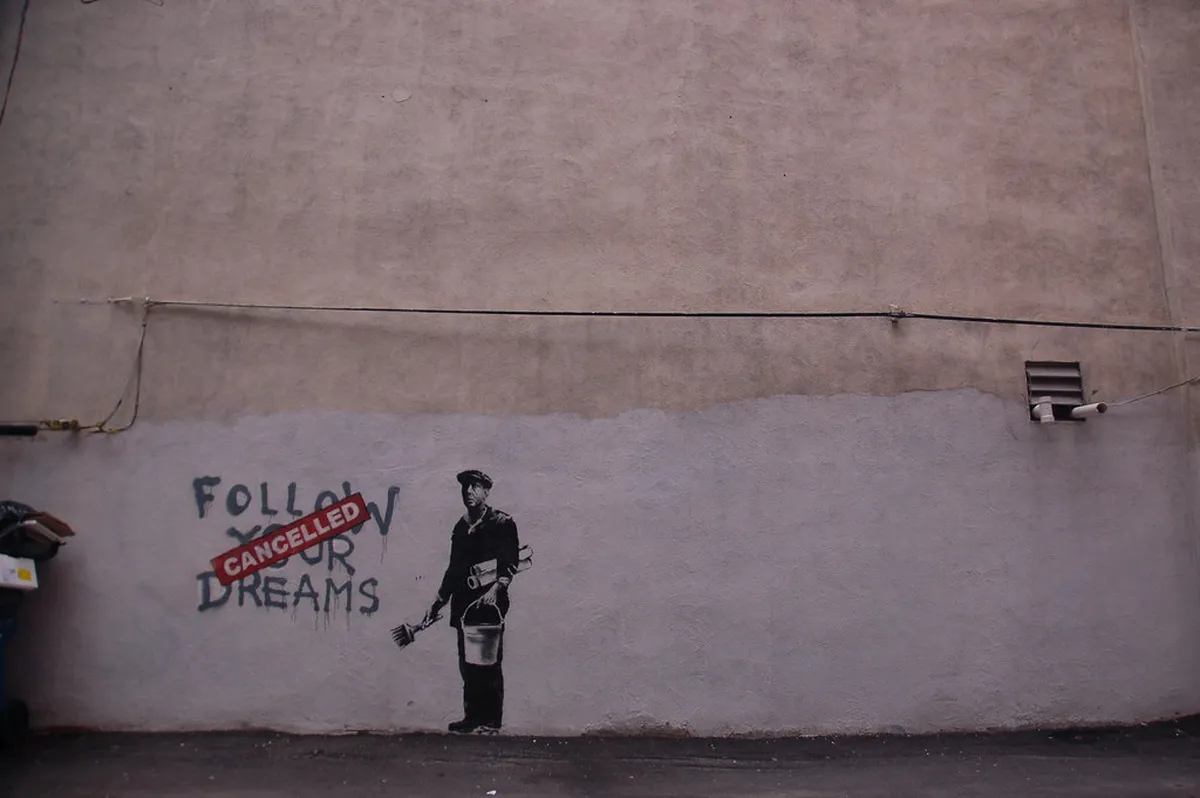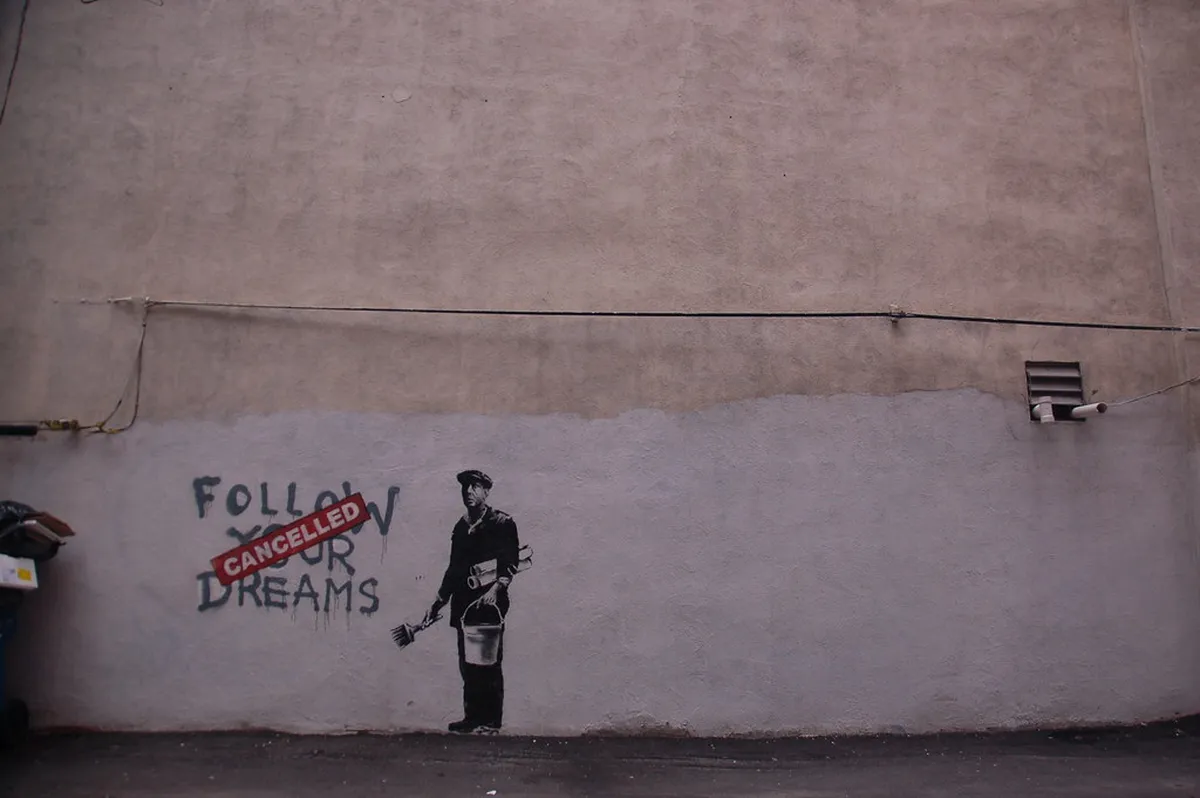
New Orleans Itinerary: A Perfect 4-Day Guide
Table of Contents
New Orleans Itinerary: Your Ultimate 4-Day Guide
New Orleans is a city known for its rich history, soulful music, and mouth-watering cuisine. A well-planned New Orleans itinerary allows you to savor every moment, from the enchanting streets of the French Quarter to the lively atmosphere of a jazz club. Whether you’re wandering through historic neighborhoods, sampling authentic Cajun dishes, or reveling in the unique blend of cultures, this guide will help you maximize your travel experience in this vibrant city.
Want to find the best travel deals for this destination? adventure planner resource with our adventure planning specialist!
Key Takeaways
- Day 1: Stroll through the French Market, visit St. Louis Cathedral, enjoy live music on Bourbon Street, and savor beignets at Café du Monde.
- Day 2: Explore the National WWII Museum, take a stroll in the Garden District, and visit Lafayette Cemetery.
- Day 3: Indulge in a cooking class, sample local specialties like gumbo and jambalaya at a Creole restaurant, and discover the vibrant arts scene in the Marigny.
- Day 4: Attend a live jazz performance at a local club, take a swamp tour, and unwind at City Park.
- Honorable Mentions: Consider taking a plantation tour, trying a local food tour, or experiencing a streetcar ride on St. Charles Avenue.
Day 1: Discover the French Quarter’s Charm
Your first day in New Orleans is all about immersing yourself in the vibrant and historic atmosphere of the French Quarter. Often regarded as the cultural heart of this iconic city, exploring the French Quarter is a highlight of any New Orleans itinerary.
Morning: French Market and St. Louis Cathedral
Start your day with a refreshing stroll through the French Market, one of the oldest markets in America. Here, you can find everything from local produce to unique crafts. Don’t forget to grab a hearty breakfast at one of the local vendors while you enjoy the lively atmosphere.
Pro Tip: Arrive early to enjoy the best selection of fresh items before the crowds arrive.
After you’re done at the market, head over to the magnificent St. Louis Cathedral. This stunning landmark is the oldest continuously active Roman Catholic cathedral in the United States. Be sure to take a moment to reflect in the peaceful gardens surrounding the cathedral.
Afternoon: Bourbon Street and Café du Monde

In the afternoon, wander over to the legendary Bourbon Street. Known for its vibrant Nightlife, during the day it’s equally charming with its unique shops and street performers. Enjoy the festive energy as you explore various art galleries and souvenir shops along the way.
Next, no visit to New Orleans is complete without indulging in the famous beignets at Café du Monde. These fluffy pastries, dusted with powdered sugar, pair perfectly with a rich café au lait. Take a seat outside and soak in the lively atmosphere while watching local customers and visitors alike enjoying their treat.
Evening: Live Jazz and Dining Experience
As the sun sets, the French Quarter comes alive with music. Make your way to one of the numerous bars that feature live jazz music, enhancing your experience in this city that is famous for its musical heritage. The sounds of saxophones and trumpets floating through the air create an unforgettable ambiance.
For dinner, consider dining at one of the many local restaurants that offer authentic Creole cuisine. Try classic dishes such as gumbo or jambalaya to complete your culinary journey through New Orleans. The local flavors will leave you craving more!
Wrap-Up: Nightlife in the French Quarter
After dinner, if you’re eager for more adventure, you can make your way back to Bourbon Street or sample live music at other venues across the quarter. Late-night spots like Preservation Hall feature intimate performances that showcase the rich jazz culture, allowing you to experience the heart of New Orleans Nightlife.
By the end of Day 1, the combination of historical sights, delicious food, and engaging live music will ensure that your New Orleans itinerary kicks off with a bang!
Day 2: Explore Rich History and Culture
On your second day in New Orleans, immerse yourself in the city’s rich history and vibrant Culture. Known for its unique blend of French, Spanish, and Creole influences, this fascinating destination offers countless opportunities to learn and appreciate its storied past.
Morning: National WWII Museum

Begin your day at the National WWII Museum, which is a must-visit on your New Orleans itinerary. This expansive museum provides an in-depth look at the American experience during World War II. With its engaging exhibits, artifacts, and personal stories, the museum not only informs but also inspires visitors. The museum has received multiple awards, including being recognized by USA Today as the Best Museum in the United States.
“The National WWII Museum is an emotional journey through one of the most significant Events in modern history.”
Lunch: South in the Garden District
After absorbing the museum’s powerful narrative, take a leisurely stroll to the picturesque Garden District. Here, you can admire the stunning antebellum mansions and beautifully manicured gardens. For lunch, stop at one of the charming cafés or restaurants that offer classic New Orleans fare, such as Jambalaya or Gumbo. Commander’s Palace is a popular choice known for its award-winning cuisine and delightful courtyard atmosphere.
Afternoon: Lafayette Cemetery No. 1
Following lunch, visit the iconic Lafayette Cemetery No. 1. This historic cemetery provides a haunting yet fascinating insight into New Orleans’ unique above-ground burial practices, influenced by the area’s waterlogged terrain. As you wander through its narrow pathways, you’ll encounter beautifully ornate tombs and mausoleums, many of which date back to the 19th century. Guided tours are available, and they can enhance your understanding of the site’s historical significance.
Evening: Culture and Entertainment

As evening approaches, make your way to the vibrant Frenchmen Street in the Marigny neighborhood. Known for its eclectic live music scene, this area is a hub for both local and traveling musicians. Before diving into the nightlife, consider having dinner at a nearby restaurant where you can savor local specialties such as Po’boys or seafood platters.
Live Music Experience
After dinner, attend a live jazz performance at one of the many clubs along Frenchmen Street. Venues like The Spotted Cat Music Club and Blue Nile showcase local talents and provide an authentic New Orleans music experience. Remember that tips are always appreciated in the jazz clubs, so consider bringing some cash to support your favorite artists!
Wrap-up of the Day
Your second day in New Orleans brings a blend of history, culture, and entertainment that is truly unforgettable. The deep connection you’ll feel with the city’s past, the delicious flavors you’ll enjoy during lunch and dinner, and the lively atmosphere presented by local musicians will create cherished memories. This rich tapestry of Experiences is what makes New Orleans a unique destination worth exploring.
Day 3: Culinary Delights and Local Experiences
On Day 3 of your New Orleans itinerary, prepare to ignite your taste buds and immerse yourself in the city’s vibrant culture. New Orleans is a culinary gem, renowned for its unique blend of Creole and Cajun dishes. From gumbo to jambalaya, this city promises a delightful gastronomic journey. Take a leisurely stroll through the local neighborhoods, where you can find culinary treasures at every turn.
Morning: Cooking Class
Start your day with a hands-on cooking class themed around the rich culinary traditions of New Orleans. Many cooking schools, such as the famed Crescent City Cooks and New Orleans School of Cooking, offer immersive Experiences where you can learn to prepare classic dishes. Not only will you master the art of making gumbo or shrimp and grits, but you will also gain insight into the city’s history and culinary techniques.
Be sure to book your class in advance, as spots can fill quickly, especially during peak tourist seasons. And don’t forget to enjoy the delicious dishes you create during class!
Afternoon: Local Specialties and the Marigny
After your cooking class, venture into the Marigny neighborhood, a haven for food lovers and artists alike. This vibrant area offers an eclectic mix of dining options. Indulge in local specialties at a Creole restaurant and be sure to sample some classic jambalaya or Muffuletta, a sandwich packed with layers of Italian meats, cheeses, and olive salad—an absolute must-try!
Pair your meal with a Hurricane, a potent cocktail that originated in New Orleans. After lunch, take a stroll around the colorful streets of the Marigny and enjoy the myriad street art and murals that speak to the city’s creative spirit.
Evening: Discovering the arts Scene
As the sun sets, continue your exploration of the vibrant arts scene. The Marigny and adjacent Frenchmen Street are renowned for live music. This area comes alive with jazz, blues, and funk played by talented local musicians. Choose from one of the many venues, such as The Spotted Cat Music Club or Blue Nile, where you can enjoy incredible live performances while sipping on signature cocktails.
“The New Orleans culinary experience is one that nourishes not just the stomach but the soul; every bite tells a story.”
Dining Tips and Recommendations
When it comes to dining experiences, reservation is key. Some popular places require bookings ahead of time, especially during weekends and festivals. For a unique twist on your culinary explorations, consider undertaking a food tour. Many companies offer walking and tasting experiences in various neighborhoods, allowing you to sample a wide variety of dishes and understand their cultural origins.
Evening Relaxation
To wrap up your day of culinary delights, consider unwinding at a cozy café with a park-like setting, such as Jackson Square, or by taking a leisurely stroll along the Mississippi River. The vibrant atmosphere and lively energy will cap off your whirlwind culinary adventure perfectly, making this day one for the books on your New Orleans itinerary.
With a rich palette of flavors and experiences, Day 3 embodies the essence of New Orleans, highlighting how food and culture intertwine to create unforgettable memories.
Day 4: Experience Music and Nature in New Orleans
Pro Tip: Book your New York City adventures in advance through Viator for the best deals!
Your fourth day in New Orleans promises to be a delightful blend of music and nature, as it is essential to experience the city’s vibrant jazz scene while also enjoying its beautiful green spaces. It’s an itinerary filled with rhythm, relaxation, and the natural beauty that New Orleans has to offer.
Morning: Attend a Live Jazz Performance
Start your day with a live jazz performance at one of the many renowned venues in the French Quarter or Faubourg Marigny. Iconic spots like The Spotted Cat Music Club or Preservation Hall feature local artists and provide an intimate atmosphere that brings you up close to the heart and soul of New Orleans music. Arriving early guarantees you a good seat to enjoy the warm ambiance while sipping a café au lait.
Pro Tip: Check the schedule ahead of time, as many venues host special matinee shows that can offer a more relaxed listening experience.
Afternoon: Swamp Tours
After immersing yourself in some live jazz, venture out for an adventurous swamp tour. These tours are easily accessible from New Orleans and showcase the unique ecosystem surrounding the city. Popular tour operators include Airboat Adventures and Jean Lafitte Swamp Tours, where expert guides lead you through lush landscapes teeming with local wildlife like alligators, turtles, and a variety of bird species.
Typical Tour Highlights:
| Tour Operator | Duration | Wildlife Spotting |
|---|---|---|
| Airboat Adventures | 1.5 – 2 hours | Alligators, Waterfowl |
| Jean Lafitte Swamp Tours | 2 – 3 hours | Herons, Turtles, Snakes |
The airboat ride provides a thrilling experience as you glide over the waters, while the traditional swamp boats allow you to take in the scenic views at a more leisurely pace.
Evening: Unwind at City Park
After an exciting afternoon, head back into the city and unwind at City Park, one of the largest urban parks in the United States. Here, you can take leisurely walks through the historic oak trees, and visit the beautiful New Orleans Museum of Art if time permits. The park is a peaceful retreat, offering a chance to relax by the lagoons or appreciate its impressive art installations.
Night: Jazz clubs and Dinner
As night falls, it’s time to experience more of New Orleans’ legendary nightlife. Select a cozy jazz club for dinner and an evening of music. Options like Snug Harbor Jazz Bistro and DBA offer not only delicious food but also fantastic live performances. Be sure to savor local dishes while tapping your feet to the rhythm of jazz.
Local Dishes to Try:
- Gumbo: A flavorful, hearty stew made with a deep, rich roux.
- Jambalaya: A one-pot dish filled with meat, seafood, vegetables, and rice.
- Pearl Dancer: A signature cocktail known for its refreshing zing.
Reflect on your incredible day in New Orleans, filled with music and nature. This experience is sure to be one of the Highlights of your New Orleans itinerary and will leave you enchanted by the city’s vibrant culture.
Best Time to Visit: Seasonal Highlights for Your New Orleans Itinerary
Understanding the best time to visit New Orleans is crucial for making the most of your travel experience. The vibrant culture, captivating music, and delectable cuisine define this city, but its seasonal weather and Events can greatly influence your itinerary. Here’s an in-depth look at each season and what it has to offer.
Spring: March to May
Spring is arguably the best time to visit New Orleans, characterized by mild temperatures and blooming flowers. A highlight of this season is the famous Mardi Gras festival, which typically takes place in February or early March, attracting thousands of visitors eager to witness grand parades and vibrant costumes.
The temperature during this season ranges from the upper 50s to mid-80s°F (around 15-30°C). It’s an excellent time for outdoor Activities, such as exploring the beautiful City Park or enjoying a meal at a sidewalk café. Additionally, the French Quarter Festival in April offers a free celebration of local music and cuisine, making it a must-visit event, as noted in our New Orleans itinerary.
Summer: June to August

Summer brings higher temperatures and humidity, often reaching the upper 90s°F (35°C). While it may deter some travelers due to the heat, summer is filled with unique opportunities. The Satchmo SummerFest, celebrating the music of Louis Armstrong, typically happens in August, making it a fantastic experience for jazz lovers.
Despite the heat, you’ll find that several restaurants and bars have outdoor seating areas equipped for comfort, providing an excellent way to experience the local food scene. It’s also a great time for a swamp tour, as the lush scenery becomes more vibrant.
Fall: September to November
As the weather begins to cool down in fall, the New Orleans itinerary opens up to numerous festivals. The New Orleans Film Festival and Voodoo Music + Arts Experience are popular events that draw large crowds in October. With temperatures averaging in the 70s°F (around 21-26°C), fall is perfect for exploring outdoor attractions such as Jackson Square or taking a leisurely stroll through the Garden District.
Fall is also known for its hurricane season, which runs from June to November. While September can be a bit unpredictable, the risks usually diminish as the season progresses, making late fall a more favorable option for travelers looking for a pleasant and safe experience.
Winter: December to February
Winter in New Orleans offers cooler temperatures, typically ranging from the low 40s to the low 60s°F (around 5-20°C). This season is especially magical, with the Reveillon Dinners and French Quarter holiday decorations bringing the city to life. However, it’s important to note that December and January are generally quieter months in terms of tourism.
Experiencing New Year’s Eve celebrations in the French Quarter is a highlight, but be prepared for cool nights. Despite the chill, you can enjoy indoor live music performances and cozy cafés that serve delicious hot beverages. This makes winter an excellent time for cultural immersion in the lively arts scene of the Marigny district.
“Every season in New Orleans has its own charm, offering unique Events and experiences that enrich your travel itinerary.”
In summary, the best time to visit New Orleans depends on your personal preferences and the type of experience you seek. Each season offers something special, aligning with the vibrant culture and historical venues throughout the city. By choosing the right time to visit, you’ll ensure a memorable and enjoyable journey through the heart of the Crescent City.
Travel Tips for Your New Orleans Itinerary: Getting Around, Costs, and Safety
When planning your New Orleans itinerary, understanding the best ways to navigate the city, manage your expenses, and ensure personal safety is crucial. With its vibrant culture and historical sites, getting around New Orleans can be an exciting adventure, but preparation is key.
Getting Around New Orleans

New Orleans boasts a variety of transportation options to help you explore its lively districts:
- Streetcars: Famous for their charm, streetcars run along several lines, including the iconic Saint Charles Avenue route, offering a scenic and affordable way to travel. A single ride costs just $1.25, making it perfect for budget travelers.
- Buses: The bus system complements the streetcars, providing access to less frequented areas. A day pass for unlimited rides on both streetcars and buses costs $3.
- Bicycles: Biking is popular in NOLA, with numerous bike rental shops available. The Riverside Bike Path is a particularly scenic route you might enjoy.
- Walking: The French Quarter and other densely packed neighborhoods are best explored on foot, allowing you to soak in the unique architecture and street performances at your own pace.
- Rideshares: Services like Uber and Lyft operate extensively, with convenient pick-up locations throughout the city.
Costs to Expect
Understanding costs can greatly assist your budgeting:
| Expense Category | Approximate Cost |
|---|---|
| Streetcar/Bicycle Rental | $3/day/ rental or $1.25 per ride |
| meals | $10-$50 (depending on dining choice) |
| Cultural attractions | $15-$30 (entry fees vary) |
| Live Performances | $20-$60 (varies by venue) |
Overall, you can expect to spend between $150 to $250 per day, including accommodation, meals, and Activities, depending on your travel style and choices.
Safety Tips
While New Orleans is generally safe, keeping some safety tips in mind will enhance your experience:
- Stay Alert: Keep your personal belongings secure, especially in crowded areas like the French Market and Bourbon Street.
- Avoid Risks: While most neighborhoods are safe during the day, be cautious at night, especially in less busy areas.
- Plan Your Route: Familiarize yourself with the map and save key location addresses to help navigate unfamiliar streets.
- Trust Local Advice: Locals can provide the best guidance on neighborhoods to visit and avoid, so don’t hesitate to ask!
“The best way to experience New Orleans is to embrace its rhythm, whether you’re enjoying jazz in a local club or strolling through the vibrant streets. Always be aware, but never stop exploring!”
Final Thoughts
By keeping these travel tips in mind while crafting your New Orleans itinerary, you can navigate the city easily, stay within budget, and enjoy all the excitement that awaits. From jazz performances to exquisite cuisine, let the sights and sounds lead you through this enchanting city.
This 4-day itinerary for New Orleans encapsulates the essence of this vibrant city, from its historic neighborhoods to its culinary delights. Whether you’re a history lover, a music enthusiast, or a food aficionado, New Orleans has experiences that will leave lasting memories. Start crafting your New Orleans itinerary today for an unforgettable adventure!
Frequently Asked Questions
Insider Tip: Get the most out of your New York City visit with guided tours!
A: The best time to visit New Orleans is from late February to May when the weather is mild and festivals like Mardi Gras take place.
A: A 4-day itinerary is ideal for exploring major attractions and indulging in local cuisine and culture.
A: The French Quarter, St. Louis Cathedral, and the National WWII Museum are among the top attractions.
A: New Orleans has a convenient public transport system featuring streetcars, buses, and rideshare options.
A: Yes, consider adding day trips to plantations like Oak Alley or swamp tours to see local wildlife.
A: Visit local markets, music venues, and join second-line parades to immerse yourself in the city’s culture.